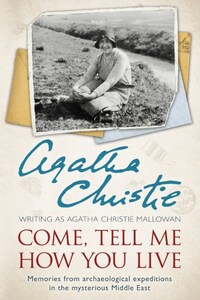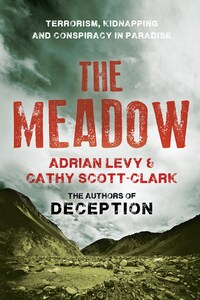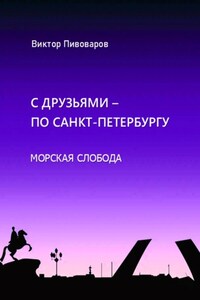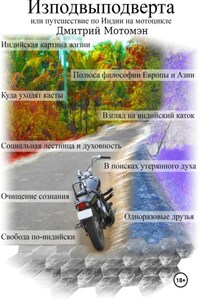Published by HarperCollinsPublishers Ltd
1 London Bridge Street
London SE1 9GF
www.harpercollins.co.uk
First published in Great Britain by
William Collins Sons & Co Ltd 1946
Copyright © Agatha Christie Mallowan 1946
Agatha Christie® copyright © Agatha Christie Limited. All rights reserved.
www.agathachristie.com
A catalogue record of this book is available from the British Library.
Cover photograph© Christie Archive Trust 2015
Cover design © HarperCollinsPublishers Ltd 2015
Agatha Christie asserts the moral right to be identified as the author of this work.
A catalogue copy of this book is available from the British Library.
This novel is entirely a work of fiction. The names, characters and incidents portrayed in it are the work of the author’s imagination. Any resemblance to actual persons, living or dead, events or localities is entirely coincidental.
All rights reserved under International and Pan-American Copyright Conventions. By payment of the required fees, you have been granted the non-exclusive, non-transferable right to access and read the text of this e-book on screen. No part of this text may be reproduced, transmitted, down-loaded, decompiled, reverse engineered, or stored in or introduced into any information storage and retrieval system, in any form or by any means, whether electronic or mechanical, now known or hereinafter invented, without the express written permission of HarperCollins.
Source ISBN: 9780008129460
Ebook Edition © July 2015 ISBN: 9780007487202
Version: 2017-04-11
There are books that one reads with a persistent inner smile which from time to time becomes visible and occasionally audible. Come, Tell Me How You Live is one of them, and to read it is pure pleasure.
It was in 1930 that a happy chance had brought a young archaeologist, Max Mallowan, together with Agatha Christie, then already a well-known author. Visiting Baghdad, she had met Leonard and Katharine Woolley and accepted their invitation to stay with them at Ur where they had been digging for several seasons. Max, their assistant, was charged to escort Agatha homeward, sight-seeing on the way. Thus agreeably thrown together they were to be married before the end of the year and so to enter their long and extraordinarily creative union.
Agatha did not see her own renown as any bar to sharing in her husband’s work. From the first she took a full part in every one of Max’s excavations in Syria and Iraq, enduring discomforts and finding comedy in all such disasters as an archaeologist is heir to. Inevitably her personal acquaintance, who knew nothing of the mysteries of digging in foreign lands, asked her what this strange life was like—and she determined to answer their questions in a light-hearted book.
Agatha began Come, Tell Me How You Live before the war, and although she was to lay it aside during four years of war-work, in both spirit and content it belongs to the thirties. Like the balanced, bien élevée bourgeoise that she was, she did not think the tragedies of human existence more significant than its comedies and delights. Nor at that time was archaeology in the Middle East weighed down with science and laborious technique. It was a world where one mounted a Pullman at Victoria in a ‘big snorting, hurrying, companionable train, with its big, puffing engine’, was waved away by crowds of relatives, at Calais caught the Orient Express to Istanbul, and so arrived at last in a Syria where good order, good food and generous permits for digging were provided by the French. Moreover, it was a world where Agatha could make fun of the Arabs, Kurds, Armenians, Turks and Yezidi devil-worshippers who worked on the excavations as freely as she could of Oxford scholars, of her husband and herself.
The author calls her book, ‘small beer… full of everyday doings and happenings’ and an ‘inconsequent chronicle’. In fact it is most deftly knit together, making a seamless fabric of five varied seasons in the field. These began late in 1934 with a survey of the ancient city mounds, or tells, studding the banks of the Habur in northern Syria—its purpose being to select the most promising for excavation.
Max showed his sound judgement in choosing Chagar Bazar and Tell Brak out of the fifty Come, Tell Me How You Live examined, for both, when excavated during the four following seasons, added vastly to our knowledge of early Mesopotamia. Agatha, on her side, showed characteristic discipline by denying herself all archaeological particularities in her book, so preserving its lightness and consistency.














